

Articles
How To Store Ice Wine
Modified: October 18, 2024
Discover the best methods and tips for storing ice wine with our informative articles. Ensure your ice wine stays fresh and delicious for longer!
(Many of the links in this article redirect to a specific reviewed product. Your purchase of these products through affiliate links helps to generate commission for Storables.com, at no extra cost. Learn more)
Introduction
Ice wine is a unique and luxurious beverage known for its intense flavors and exquisite sweetness. It is made from grapes that have been left on the vine until frozen, resulting in a concentrated juice with high sugar content. Due to its delicate nature, storing ice wine properly is essential to preserve its quality and taste over time.
In this article, we will delve into the intricacies of storing ice wine to ensure that you can enjoy it at its best. We will explore factors to consider before storing, choosing the right storage location, temperature control, humidity levels, protection from light and vibration, proper bottle positions, storage time, and how to recognize signs of spoilage.
Whether you have a collection of ice wines or have recently acquired a bottle that you’d like to savor for a special occasion, understanding the best practices for storing ice wine will help you keep it in prime condition until you are ready to drink it.
So, let’s dive into the world of ice wine storage and discover the secrets to ensuring the longevity and quality of your beloved bottles.
Key Takeaways:
- Preserve ice wine’s exquisite flavors by storing it in a cool, dark, and stable environment, minimizing vibrations, and monitoring humidity levels to ensure optimal aging and delightful tasting experiences.
- Recognize signs of spoilage in ice wine, such as unpleasant odors, discoloration, or off-putting tastes, to avoid consuming spoiled bottles and continue enjoying pristine, high-quality wine.
Read more: How To Store Wines
Understanding Ice Wine
Before delving into the intricacies of storing ice wine, it is important to have a basic understanding of what ice wine is and why it is so highly regarded.
Ice wine is a type of dessert wine that is produced from grapes that have been frozen on the vine. The grapes are left on the vine until sub-zero temperatures cause them to freeze, concentrating their sugars and flavors. This freezing process is what sets ice wine apart from regular wines, as it produces a lusciously sweet and aromatic elixir.
The production of ice wine requires a precise balance of factors. The grapes must be healthy and ripe before they can be harvested for ice wine production. Typically, the harvest takes place in the early hours of the morning, when temperatures are at their coldest. The grapes are carefully picked by hand to ensure that only the highest quality fruit is used.
Once harvested, the frozen grapes are pressed, allowing only the concentrated juice to be extracted. This juice is then fermented at a cold temperature, which preserves the wine’s natural sweetness and fruity flavors.
Ice wine is known for its rich and complex taste profiles, often exhibiting flavors of tropical fruits, honey, caramel, and even hints of spices. It is typically enjoyed as a dessert wine or paired with rich and creamy cheeses.
Now that we have a better understanding of what ice wine is and how it is produced, let us explore the factors to consider before storing this precious beverage.
Factors to Consider Before Storing Ice Wine
Before you embark on the journey of storing ice wine, there are a few important factors that you need to take into consideration to ensure the preservation of its quality and taste.
The first factor to consider is the quality of the ice wine itself. Ice wine is highly sensitive to the quality of the grapes used in its production. It is crucial to choose ice wines from reputable producers who prioritize the use of high-quality grapes. Cheap or poorly made ice wines may not age well and can deteriorate quickly in storage.
Another important factor to consider is the vintage of the ice wine. Ice wines generally have a longer shelf life than regular wines, but that does not mean they can be stored indefinitely. Ice wines from exceptional vintages tend to age better and develop more complexity over time. Keep in mind that not all ice wines are meant for long-term aging, so it is essential to read the label or consult with an expert before deciding to store a bottle for an extended period.
The storage conditions available to you are another crucial factor to consider. Ice wine, like any other wine, requires specific environmental conditions to maintain its integrity. Factors such as temperature, humidity, light exposure, and vibration can significantly impact the wine’s overall quality and taste. When evaluating your storage options, it is important to choose a location that can provide optimal conditions for storing ice wine.
Lastly, consider the purpose of storing the ice wine. Are you planning to age it to experience the evolution of flavors over time, or do you simply want to preserve its current taste profile? This will determine the optimal storage conditions and duration.
By taking these factors into consideration, you can lay the foundation for proper ice wine storage. In the next sections, we will explore the essential elements of storing ice wine, including choosing the right storage location, temperature control, humidity levels, protection from light and vibration, proper bottle positions, and the length of storage time.
Choosing the Right Storage Location
When it comes to storing ice wine, choosing the right location is crucial to maintain its quality and flavors. Here are some key considerations to keep in mind when selecting a storage spot for your ice wine collection.
1. Temperature Stability: Ice wine is highly sensitive to temperature fluctuations, so it is important to choose a storage location where the temperature is consistently cool. Ideally, the temperature should be around 45°F (7°C), which is slightly higher than the recommended temperature for regular wines. Avoid areas that are prone to extreme temperature changes, such as near windows, heaters, or refrigeration units.
2. Avoid Sunlight and UV Rays: Exposure to direct sunlight or UV rays can accelerate the aging process of ice wine and alter its flavors. Find a storage spot away from windows or install blackout curtains or blinds to protect the bottles from harmful light.
3. Low Humidity: Ice wine is best stored in an environment with moderate humidity levels, between 50 to 70 percent. High humidity can cause mold growth on the labels, while low humidity can dry out the cork and compromise the wine’s integrity. Consider using a humidity monitor to ensure the conditions remain within the optimal range.
4. Minimal Vibration: Vibrations can disturb the sediments in the wine and affect its aging process. Choose a storage location away from vibrating appliances or heavy foot traffic areas. If storing the ice wine in a wine fridge or cellar, opt for a model with vibration-dampening technology.
5. Adequate Ventilation: Good air circulation is essential to prevent the buildup of musty odors or mold. Avoid storing ice wine in enclosed spaces or areas with poor ventilation. Consider using wine racks or shelves that allow air to circulate around the bottles.
6. Stability: Ensure that the storage area is stable and secure. Ice wine bottles can be delicate, and any unintentional movement or impact can cause damage to them.
7. Away from Strong Odors: Ice wine has a delicate flavor profile that can easily be influenced by strong odors in its surroundings. Avoid storing it near strong-smelling substances like cleaning agents, spices, or other pungent food items.
By considering these factors and finding an appropriate storage location, you can create an ideal environment for your ice wine collection. In the next section, we will discuss the importance of proper temperature control to ensure the longevity of your ice wine.
Proper Temperature Control
Maintaining the proper temperature is crucial for storing ice wine and ensuring its flavors and quality are preserved over time. Consistent temperature is key to prevent the wine from aging prematurely or developing off-flavors. Here are some guidelines for effectively controlling the temperature of your ice wine storage:
1. Optimal Temperature: The ideal temperature range for storing ice wine is between 45°F (7°C) and 50°F (10°C). This temperature range allows the wine to age gracefully without compromising its delicate flavors. Avoid temperatures below freezing as it can damage the wine’s structure, and higher temperatures can accelerate the aging process.
2. Avoid Temperature Fluctuations: Rapid changes in temperature can adversely affect ice wine. Fluctuations can cause the expansion and contraction of the liquid inside the bottle, potentially leading to a compromised seal or even wine leakage. Aim for a storage environment with consistent temperature levels to avoid such fluctuations.
3. Wine Storage Units: Investing in a wine refrigerator or cellar can provide optimal temperature control for your ice wine collection. These specialized units are designed to maintain a stable temperature and often come with adjustable settings. Look for models that have separate zones to store white, red, and ice wines at their respective recommended temperature ranges.
4. Room Temperature Storage: If you don’t have access to a wine storage unit, find a cool and dark part of your home with a relatively stable temperature. Basements or interior closets can be suitable if they meet the desired temperature range. Avoid storing ice wine in the kitchen or near appliances that generate heat.
5. Monitor Temperature: To ensure the temperature remains consistent, regularly monitor the temperature in your storage location. Use a thermometer or a temperature-controlled hygrometer to keep track of the conditions. This will help you identify any fluctuations and make necessary adjustments.
Remember, maintaining a proper temperature is crucial for the long-term storage of ice wine. It allows the wine to develop its complex flavors and aromas gradually. In the next section, we will discuss the role of humidity in ice wine storage and how to ensure optimal levels.
Read more: How To Store Wine Without A Wine Fridge
Ensuring Optimal Humidity
Humidity plays a vital role in the proper storage of ice wine. It affects the condition and integrity of the cork and prevents the wine from drying out or becoming overly moist. Here are some tips for maintaining optimal humidity levels in your ice wine storage:
1. Moderate Humidity: Ice wine should be stored in an environment with moderate humidity levels, preferably between 50% and 70%. This range helps to keep the cork moist without encouraging mold or mildew growth. If the humidity is too high, it can lead to label damage and wine bottle deterioration.
2. Monitoring Humidity: Use a hygrometer to monitor the humidity levels in your storage area. This device will provide you with accurate readings and allow you to make necessary adjustments if the humidity levels are too high or too low.
3. Humidity Control Devices: If the humidity levels in your storage area are consistently outside the desired range, you may need to use a humidity control device. There are various options available, such as humidifiers or dehumidifiers, depending on whether you need to increase or decrease the humidity. Consult with a wine storage expert or a professional to determine the best solution for your specific storage needs.
4. Proper Air Circulation: Good air circulation is essential in maintaining optimal humidity levels. It helps to prevent stagnant air and creates a healthy environment for the wines. Ensure that your storage area has adequate ventilation and avoid overcrowding bottles, as it can restrict air flow.
5. Regular Inspection: Regularly check the condition of the wine bottles, cork, and labels for any signs of mold or mildew. If you notice any issues, take immediate action to address the humidity imbalance and prevent further damage to the wine.
By maintaining the optimal humidity levels, you can ensure that your ice wine remains in pristine condition and ages gracefully. In the next section, we will discuss the importance of protecting ice wine from light exposure.
Store ice wine in a cool, dark place, away from direct sunlight and heat. Ideally, it should be stored in a wine fridge or a regular fridge set to a constant temperature of around 55°F (13°C). Keep the bottle upright to minimize oxidation.
Protecting from Exposure to Light
Exposure to light, especially ultraviolet (UV) rays, can significantly impact the quality and flavor of ice wine. UV rays can cause chemical reactions in the wine, breaking down complex compounds and leading to undesirable flavors. Here are some steps you can take to prevent exposure to light and preserve the integrity of your ice wine:
1. Choose Dark Storage Location: When selecting a storage location for your ice wine, opt for a dark area away from direct sunlight. Sunlight can degrade the wine’s delicate flavors and aromas over time. If possible, choose a space with minimal exposure to natural or fluorescent light.
2. Use Tinted Bottles or UV-Blocking Covers: Ice wines are typically bottled in dark-colored glass bottles to provide some level of protection against light exposure. However, for added security, you can also consider using UV-blocking covers or wine sleeves to shield the bottles from UV rays. These covers are often made from materials that filter out harmful light wavelengths.
3. Wine Racks or Cellars: Storing ice wine in enclosed wine racks or wine cellars can provide an extra layer of protection against light exposure. These storage units create a dark environment where the bottles are shielded from both natural and artificial light.
4. Avoid Displaying Bottles: While it may be tempting to showcase your ice wine collection, extended exposure to light, even indirect light, can still cause gradual damage. If you want to display your bottles, consider using dimly lit cabinets or wine display cases that offer UV protection.
5. Limit Handling: Excessive handling of ice wine bottles can increase their exposure to light. When retrieving or rearranging bottles, handle them gently and avoid unnecessarily exposing them to light. This will help maintain the wine’s overall quality and prevent any potential light-induced damage.
Remember, protecting ice wine from light exposure is crucial to preserve its flavors and quality. By keeping your ice wine in a dark and controlled environment, you can ensure that your bottles age gracefully and provide a delightful tasting experience. In the next section, we will discuss the importance of minimizing vibration in ice wine storage.
Protecting from Vibration
Vibration can disturb the sediment in ice wine and disrupt its aging process. It is essential to minimize vibrations in your storage area to ensure that your ice wine remains undisturbed and continues to develop its complex flavors over time. Here are some tips for protecting your ice wine from vibration:
1. Choose a Stable Storage Location: When selecting a storage location for your ice wine, opt for a stable and secure area. Avoid areas prone to excessive vibrations, such as near washing machines, refrigerators, or heavy machinery. These vibrations can agitate the sediment in the bottle and potentially impact the wine’s taste.
2. Avoid Frequent Movement: Minimize unnecessary handling and movement of ice wine bottles. Each time a bottle is jostled or moved, it can disturb the wine and hinder its aging process. Be mindful when organizing your wine collection to minimize the need for frequent bottle rearrangement.
3. Use Vibration-Dampening Techniques: Consider using vibration-dampening materials or techniques to reduce vibrations in your storage area. For example, you can place wine bottles on foam or rubber mats, which can absorb and minimize vibrations. Additionally, using shock-absorbing supports or specialized wine racks designed to reduce vibration can be beneficial.
4. Protect During Transportation: If you need to transport your ice wine bottles, take precautions to protect them from vibration. Place the bottles in padded wine carriers or use wine shipping boxes with built-in shock absorption. This will help minimize the impact of vibration during transportation.
By minimizing vibrations in the storage and handling of your ice wine, you can ensure that the wine maintains its integrity and continues to age as intended. This will preserve the unique flavors and characteristics of the wine for a delightful tasting experience. In the next section, we will discuss the importance of storing ice wine bottles in the correct position to safeguard their quality.
Importance of Correct Bottle Position
The position in which you store your ice wine bottles can have a significant impact on their overall quality and longevity. Correct bottle positioning is crucial to ensure that the wine remains in optimal condition and that the cork is properly sealed. Here’s why the correct bottle position matters:
1. Horizontal Storage: Storing ice wine bottles horizontally is the preferred method. This position keeps the wine in constant contact with the cork, which helps to keep the cork moist and prevent it from drying out. A dry cork can lead to oxidation, which can spoil the wine. By storing the bottle horizontally, the wine keeps the cork swollen, maintaining a tight seal to prevent air from entering the bottle.
2. Sediment Settlement: Many ice wines, especially aged ones, may develop sediment over time. By storing the bottles horizontally, any sediment will settle evenly across the length of the bottle. This makes it easier to pour the wine without disturbing the sediment when you decide to serve it.
3. Preventing Cork Deterioration: Storing ice wine bottles upright for an extended period can cause the cork to shrink or dry out. When this happens, air can seep into the bottle, oxidizing the wine and prematurely aging it. To ensure the longevity of your ice wine, it is crucial to store the bottles horizontally.
4. Label Protection: Keeping ice wine bottles horizontal also protects the labels from damage. When bottles are stored upright, the label may peel, fade, or become damaged due to the prolonged contact with air, light, or humidity. By storing the bottles horizontally, you can preserve the integrity and legibility of the wine labels.
Remember, maintaining the correct bottle position is essential for preserving the quality and flavors of your ice wine. By storing the bottles horizontally, you can ensure that the cork remains moist, prevent oxidation, and protect the overall condition of the wine. In the next section, we will discuss the recommended length of storage time for ice wine.
Read more: How To Store Leftover Wine
Length of Storage Time
The length of time you can store ice wine depends on several factors, including the wine’s quality, vintage, and storage conditions. Ice wine has a longer shelf life compared to regular wines and can continue to develop complex flavors and aromas with proper aging. Here are some guidelines to consider when determining the length of storage time for your ice wine:
1. Vintage: Ice wines from exceptional vintages tend to age better and develop more complexity over time. These wines have a higher concentration of flavors and sugars, allowing them to withstand longer aging. It is worth noting that not all ice wines are suitable for long-term aging. Some are meant to be enjoyed in their youth, with vibrant and fresh fruit flavors.
2. Quality: The quality of the ice wine plays a significant role in determining its aging potential. Ice wines made from high-quality grapes and produced by reputable winemakers are more likely to age well. It is crucial to choose ice wines from trusted producers known for their commitment to excellence and craftsmanship.
3. Storage Conditions: Proper storage conditions are crucial for maintaining the quality and longevity of ice wine. Consistent temperature, humidity, and protection from light and vibrations are essential factors. If you can provide optimal storage conditions, your ice wine has the potential to age gracefully and improve over time.
4. Tasting Preferences: The length of storage time for ice wine is ultimately a matter of personal preference. Some individuals enjoy the youthful and vibrant flavors of ice wine, while others prefer the complexity that comes with extended aging. It is recommended to taste the wine periodically to assess how its flavors and aromas are evolving and to determine the optimal point at which you find it most enjoyable.
Generally, ice wines can be stored for several years, ranging from 5 to 20 years or even longer, depending on the aforementioned factors. However, it is important to note that not all ice wines are meant for long-term aging. It is crucial to read the label, consult with experts, or research the specific ice wine you own to determine the recommended storage time.
By considering the vintage, quality, storage conditions, and personal preference, you can determine the ideal length of time to store your ice wine and enjoy it at its peak. In the next section, we will discuss how to recognize signs of spoilage in ice wine.
Recognizing Signs of Spoilage
While ice wine is known for its longevity and ability to age gracefully, it is important to be able to recognize signs of spoilage to ensure that you don’t consume a bottle that has gone bad. Here are some common indicators of ice wine spoilage:
1. Unpleasant Odors: Evident off-putting odors, such as a moldy or vinegar-like smell, can indicate that the ice wine has spoiled. If the wine smells musty or like wet cardboard, it may be a sign of cork taint, which can also impact the flavor.
2. Discoloration: If you notice any significant changes in the color of the ice wine, such as a brownish or cloudy appearance, it could be a sign of spoilage. Ice wines should retain their vibrant, golden hues, and any discoloration may suggest that the wine has oxidized or become contaminated.
3. Off-putting Taste: The taste of spoiled ice wine may be unpleasant or unbalanced. If you detect prominent acetic acid flavors (similar to vinegar) or a sourness that is different from the expected sweetness, this could indicate spoilage. A loss of fruitiness or excessive sweetness can also be signs of deterioration.
4. Carbonation or Spritz: Ice wines are not typically carbonated. If you open a bottle of ice wine and notice significant fizz or spritz, it could be a sign of fermentation in the bottle, which is a clear indication of spoilage.
5. Leakage or Cork Damage: Take note of any leakage around the cork or visible damage to the cork. Seepage or leakage can indicate that the seal has been compromised, allowing air to enter and spoil the wine. Additionally, if the cork appears dried out, crumbled, or has a fungal growth, it may suggest spoilage.
It’s important to remember that not all signs of spoilage are immediately apparent. Some subtle changes may only become evident upon opening the bottle and tasting the wine. It is always recommended to trust your senses and, if in doubt, seek the advice of a wine professional or expert to confirm the spoilage.
By being aware of these signs, you can avoid consuming spoiled ice wine and continue to enjoy bottles that are still in optimal condition. Proper storage and regular inspection can help minimize the risk of spoilage. So, be vigilant and attentive to ensure that your ice wine remains in its best form.
Conclusion
Storing ice wine properly is essential to preserve its unique flavors, sweetness, and overall quality. By considering factors such as the quality of the wine, storage conditions, and the length of time you plan to store it, you can ensure that your ice wine collection remains in optimal condition.
Choosing the right storage location, such as a cool, dark, and stable environment, helps maintain a consistent temperature and protect the wine from light, while proper humidity control prevents the cork from drying out. Minimizing vibrations and storing the bottles horizontally helps preserve the integrity of the wine and prevents sediment disturbance. Recognizing signs of spoilage, such as unpleasant odors, discoloration, or off-putting tastes, allows you to avoid consuming wine that has gone bad.
Remember, ice wine is a delicate and precious beverage that requires careful handling and storage. Each bottle contains the result of meticulous craftsmanship and extraordinary grapes left to freeze on the vine. By implementing the best practices for storing ice wine, you can ensure that every bottle is a treasure to be enjoyed when the occasion calls for it.
So, whether you have a collection of ice wine or plan to acquire one, take the necessary steps to create an optimal storage environment. Invest in a suitable storage location, monitor the temperature and humidity levels, protect the bottles from light and vibrations, and store them horizontally to maintain the integrity of the wine. Regularly inspect the bottles and trust your senses to identify any signs of spoilage.
With the right storage conditions and proper care, your ice wine collection can age gracefully, unlocking its full potential and delivering memorable tasting experiences for years to come. So, raise a glass to the exquisite indulgence of ice wine, and savor it in all its glory!
Cheers to the joy of storing and enjoying ice wine!
Frequently Asked Questions about How To Store Ice Wine
Was this page helpful?
At Storables.com, we guarantee accurate and reliable information. Our content, validated by Expert Board Contributors, is crafted following stringent Editorial Policies. We're committed to providing you with well-researched, expert-backed insights for all your informational needs.
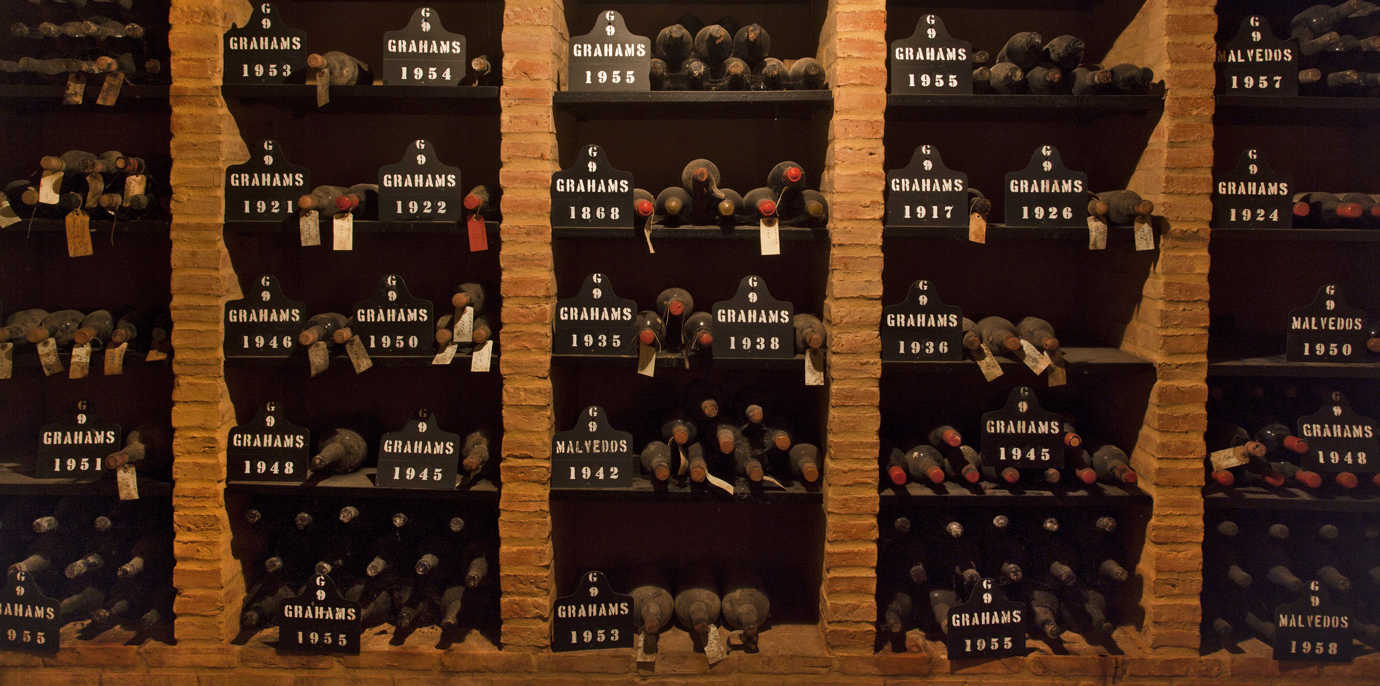
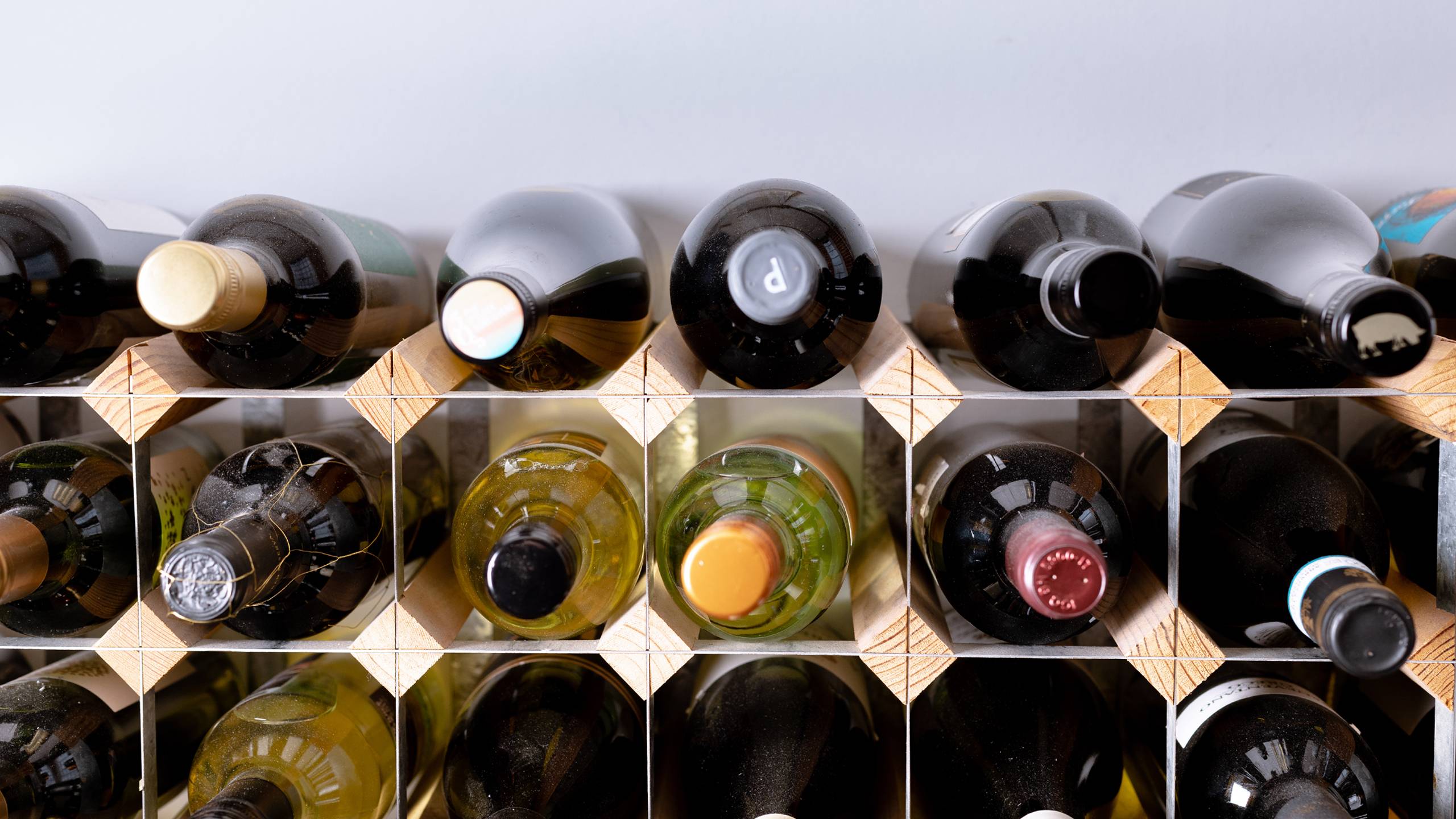

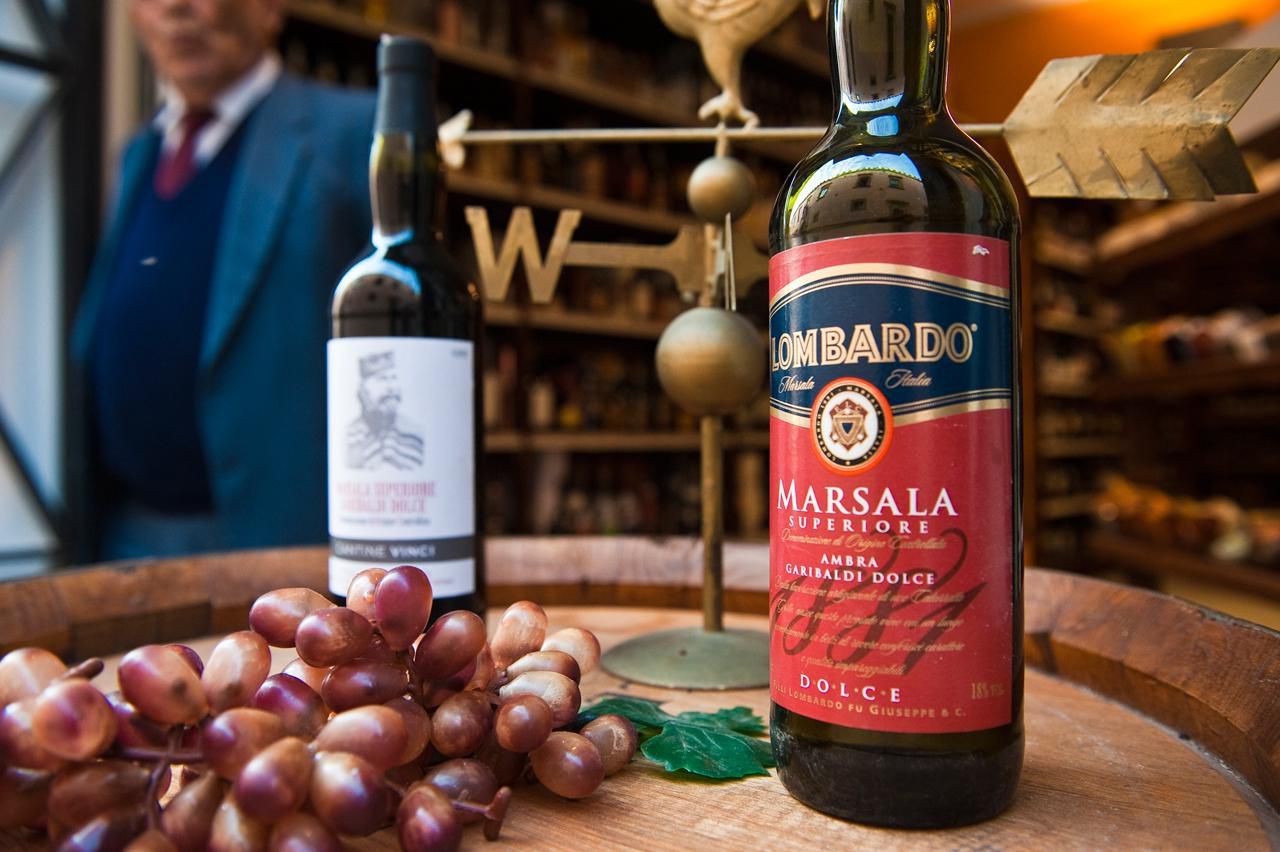
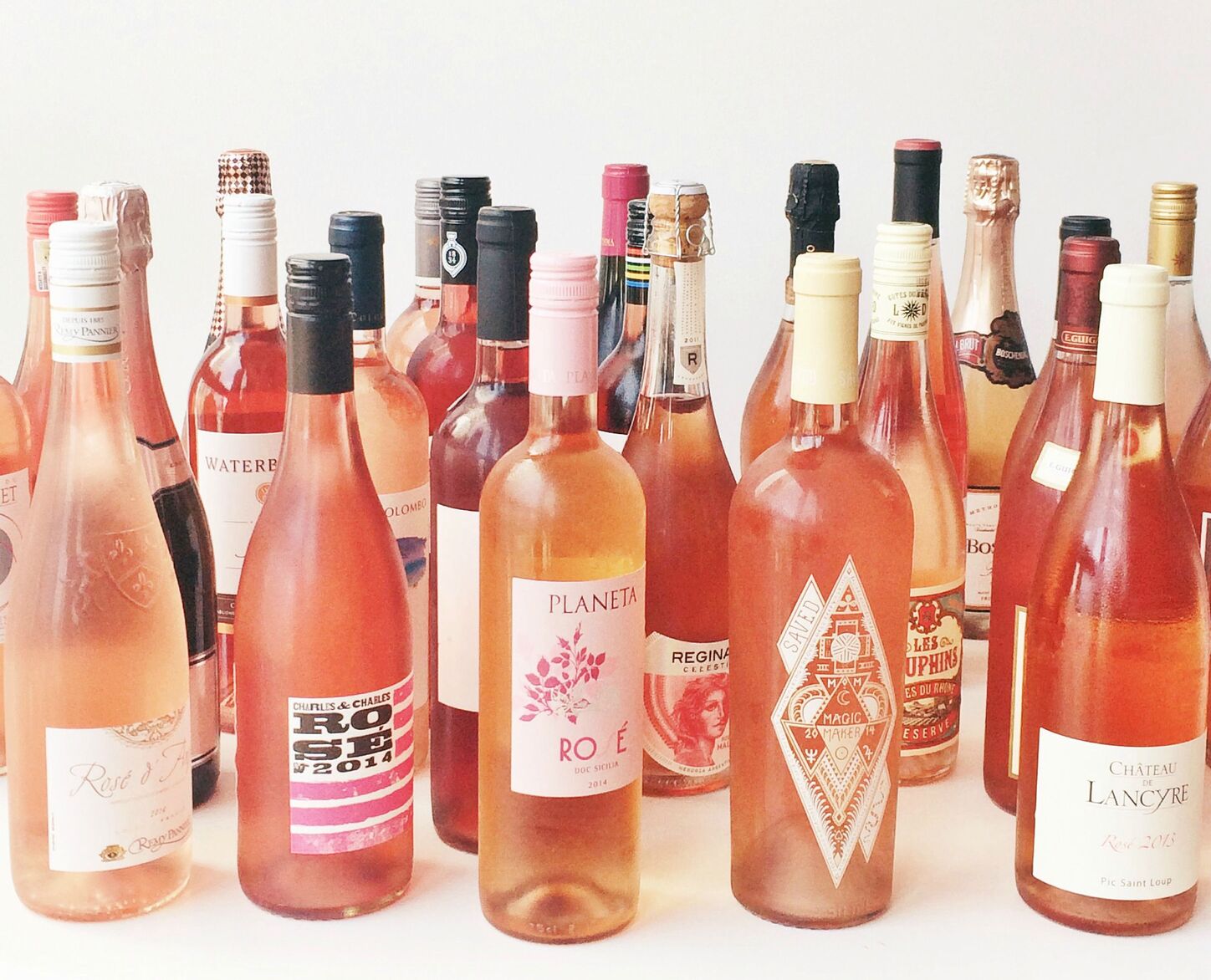
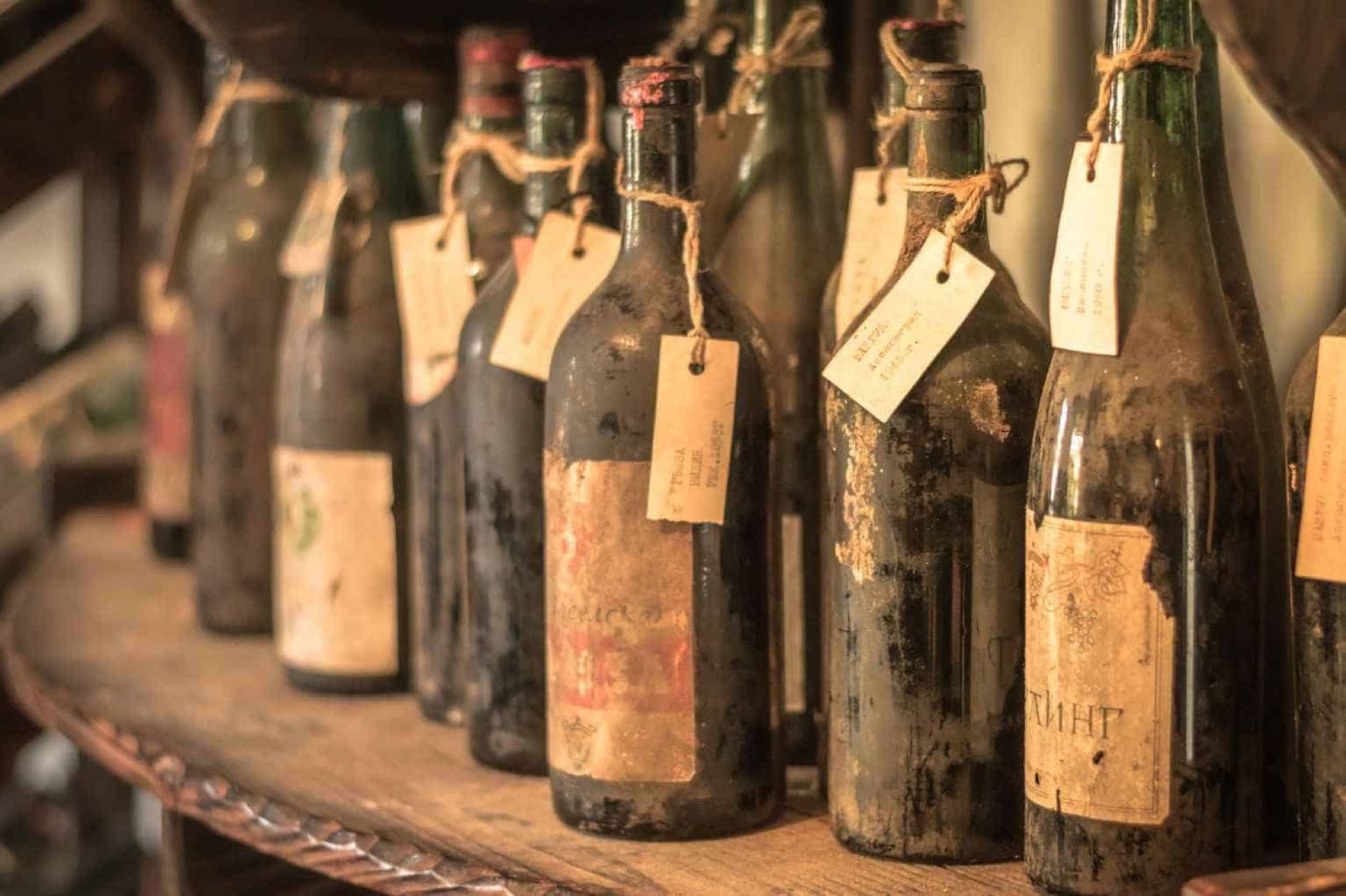

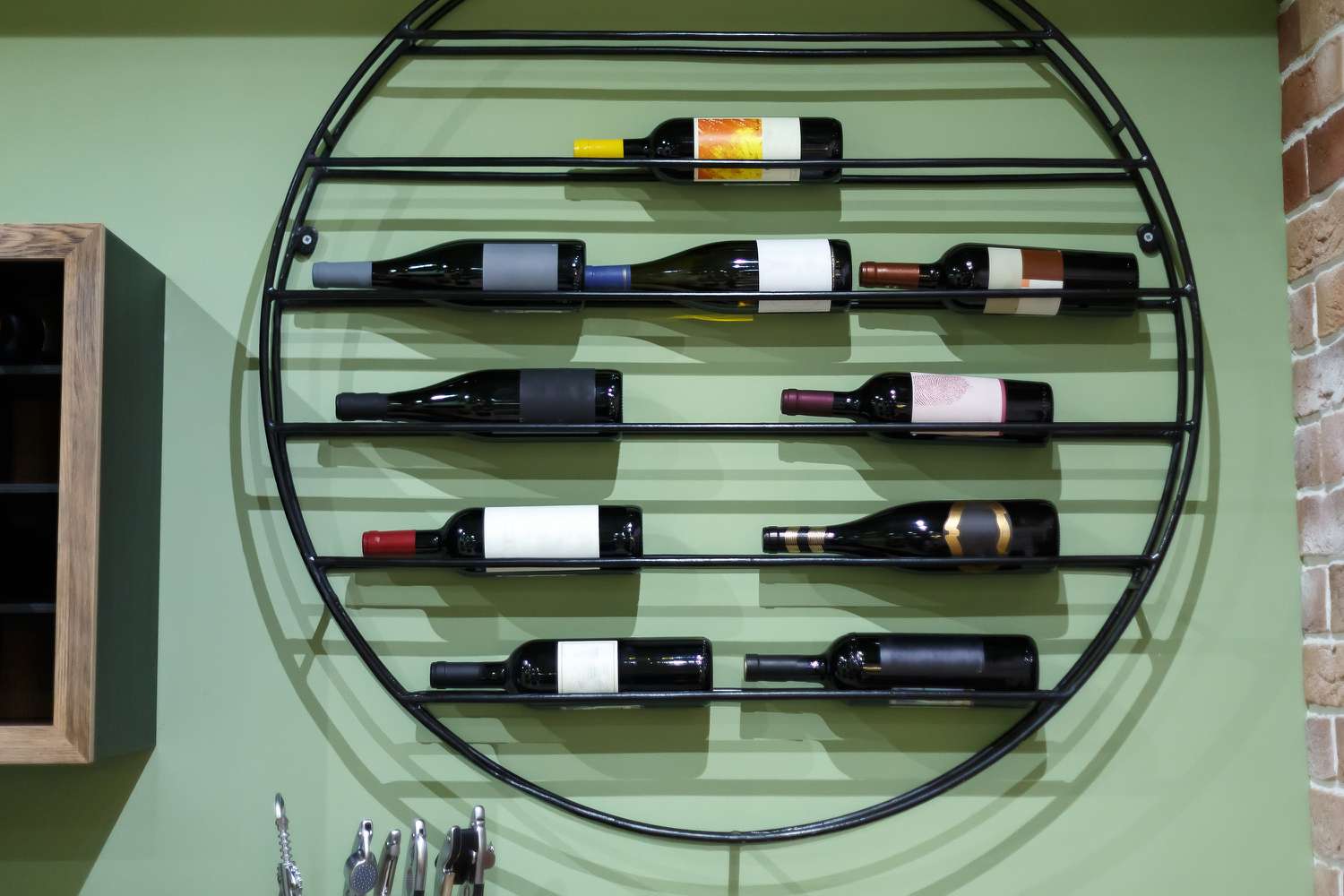
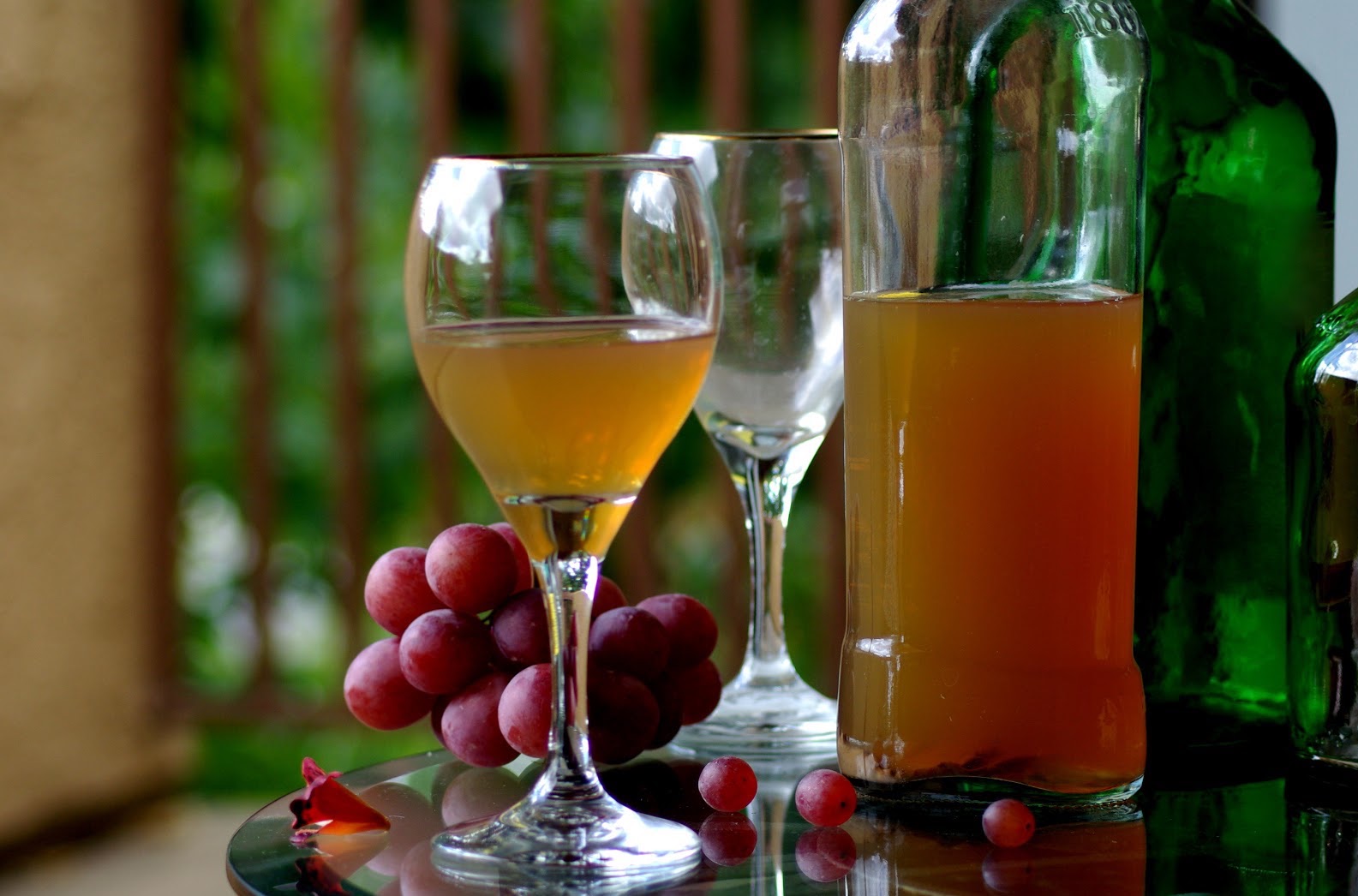

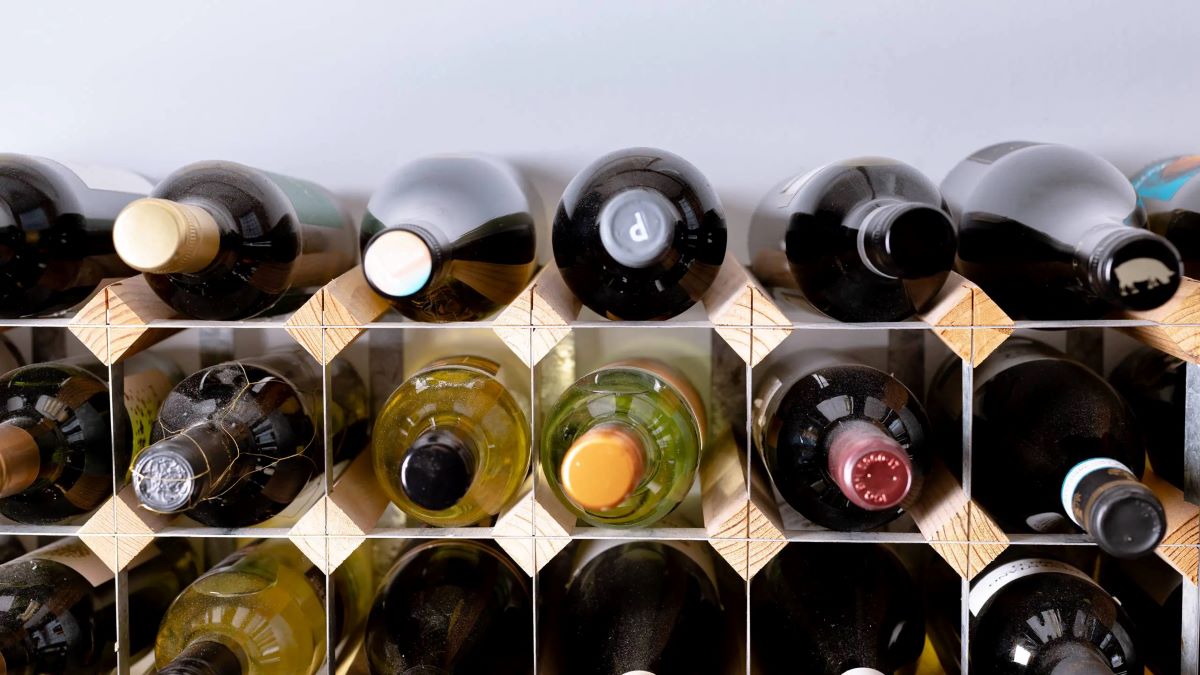

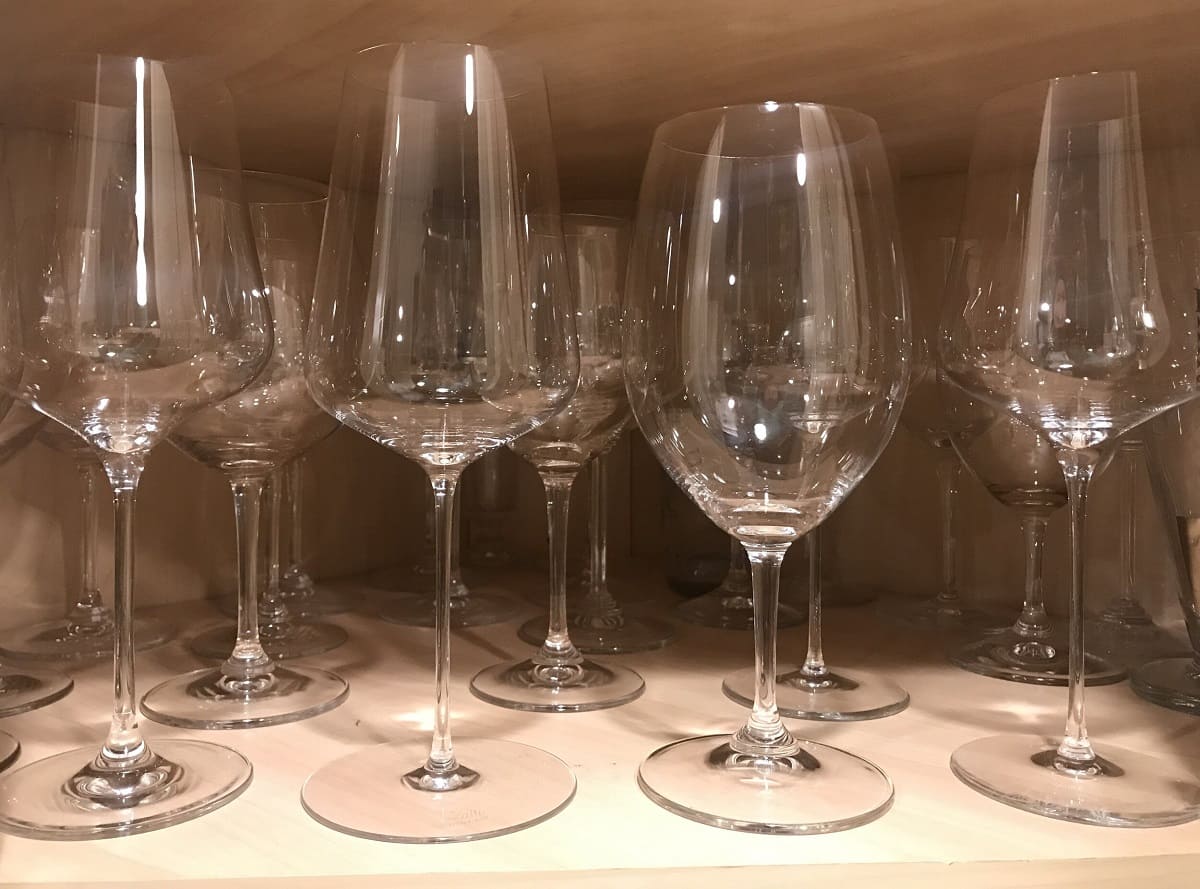

0 thoughts on “How To Store Ice Wine”